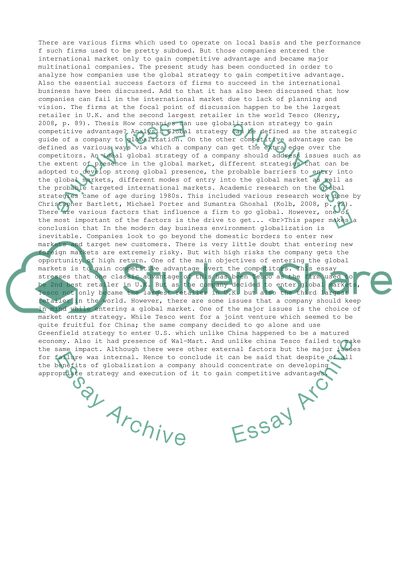Cite this document
(“How Do Companies Use Global Strategies to Gain Competitive Advantage Essay”, n.d.)
Retrieved from https://studentshare.org/business/1476299-how-do-companies-use-global-strategies-to-gain-competitive-advantage
Retrieved from https://studentshare.org/business/1476299-how-do-companies-use-global-strategies-to-gain-competitive-advantage
(How Do Companies Use Global Strategies to Gain Competitive Advantage Essay)
https://studentshare.org/business/1476299-how-do-companies-use-global-strategies-to-gain-competitive-advantage.
https://studentshare.org/business/1476299-how-do-companies-use-global-strategies-to-gain-competitive-advantage.
“How Do Companies Use Global Strategies to Gain Competitive Advantage Essay”, n.d. https://studentshare.org/business/1476299-how-do-companies-use-global-strategies-to-gain-competitive-advantage.


